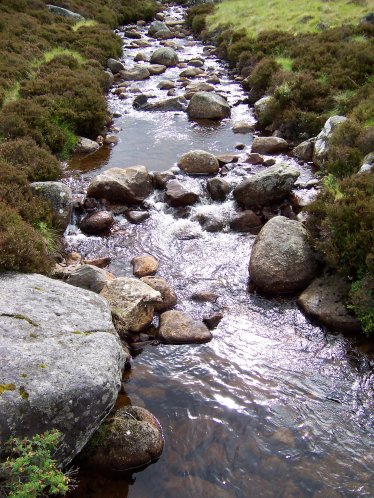
The Earth’s water resources are under pressure from environmental factors such as climate change, and from society’s need for drinking water, agriculture and industry. Society as a whole needs to consider what effect its actions are having on the water cycle, as well as the implications of future climate changes and human demands.
Rivers, lochs, groundwater and coastal water-bodies in Scotland are subject to a variety of pressures.
These include pollution (such as from sewage outlets and agricultural run-off), an increasing human demand for water (including drinking and bathing), and changes to the physical size and shape of water bodies (as through the building of dams and re-routing of rivers).
Legislation introduced under the European Water Framework Directive aims to enhance the status of aquatic ecosystems impacted by these pressures, promote sustainable water use, and reduce pollution and the effects of floods.
This need is particularly relevant to protected zones. These include drinking water sources, shellfish catching grounds, recreational waters, nutrient sensitive areas, and wetlands requiring habitat conservation.
In the context of land use, diffuse pollution (such as when farmland fertilizer is washed into rivers) is the dominant risk factor for water quality.
Also highly significant is physical shape changes (such as through land drainage or canalisation), point sources of pollution (from waste water treatment plants for example) and removing water for human needs (including the irrigation of farmland).
|
Updated: 23 Jan 2024, Content by: CN
|

